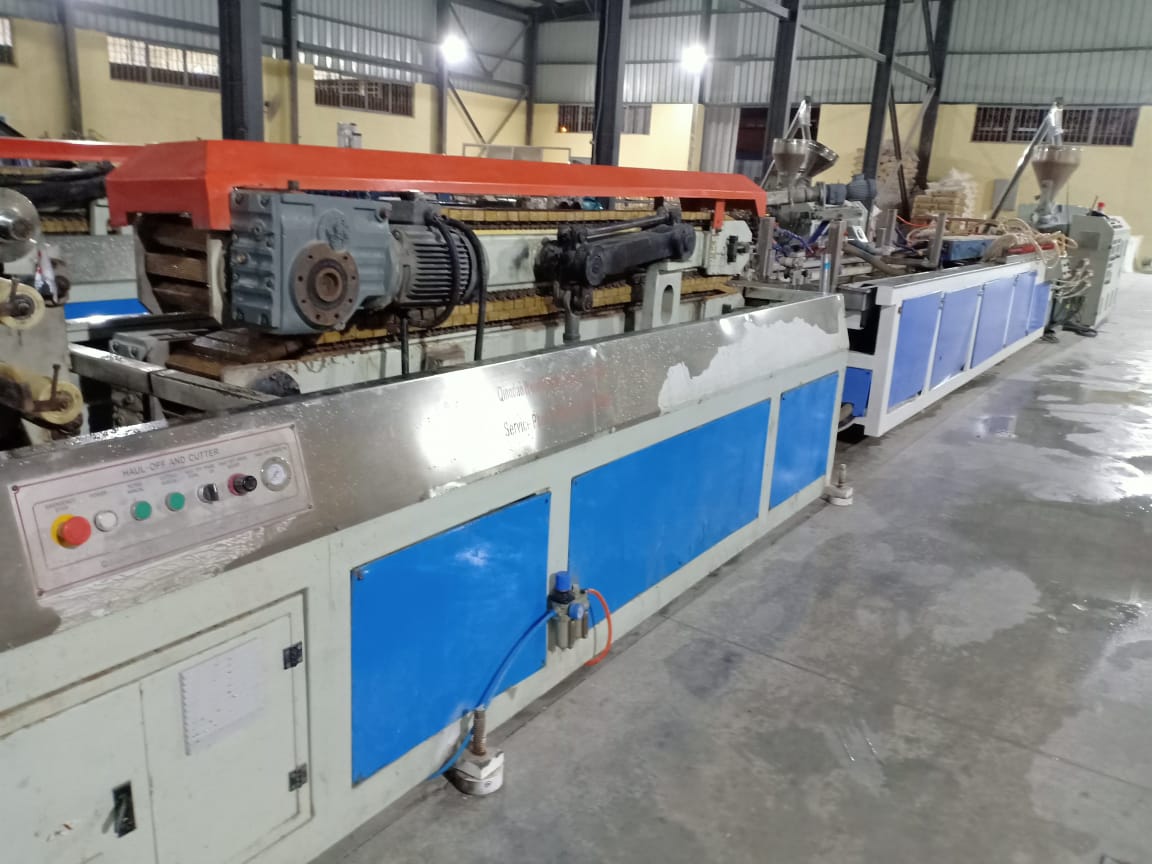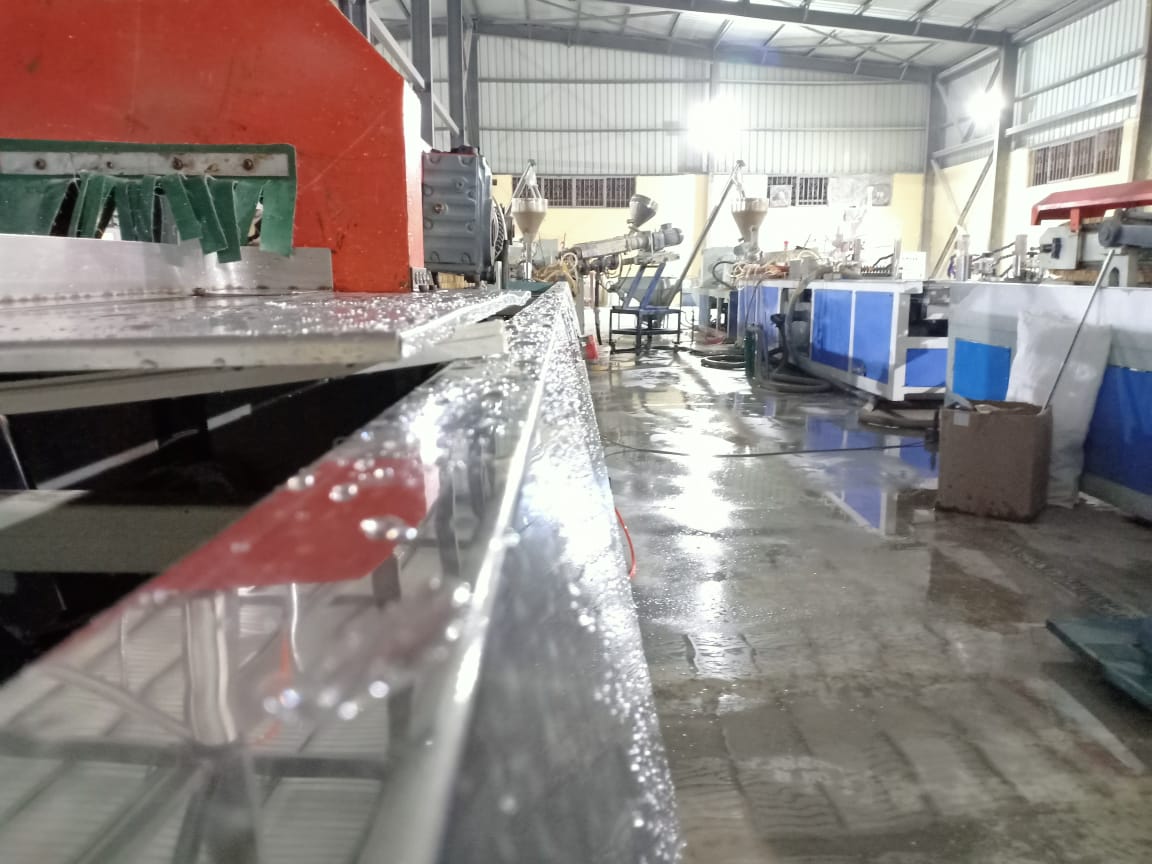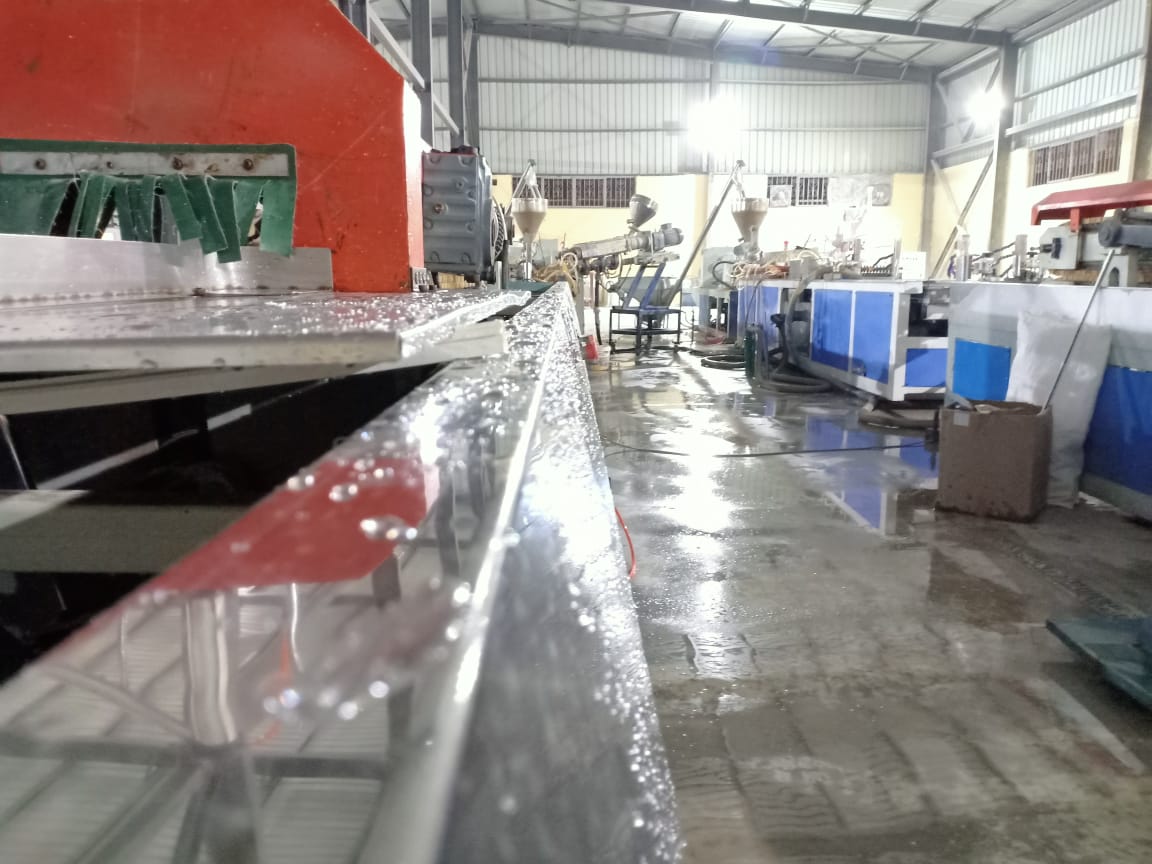
How is PVC made ?
PVC (Polyvinyl Chloride) is made through a polymerization process that combines vinyl chloride monomers (VCM) to form a long chain of molecules. First, salt (sodium chloride) is electrolyzed to produce chlorine gas, which is then combined with ethylene, derived from petroleum or natural gas, to form ethylene dichloride. This compound is heated to produce vinyl chloride monomer (VCM). The VCM undergoes polymerization in a reactor, where high pressure and catalysts cause the monomers to link together into polyvinyl chloride (PVC). The resulting PVC is then processed into powder or granules. Additives such as stabilizers, plasticizers, and pigments can be mixed into the PVC to improve its properties, depending on the intended application. Finally, PVC can be molded or extruded into various products like pipes, windows, or flooring.



